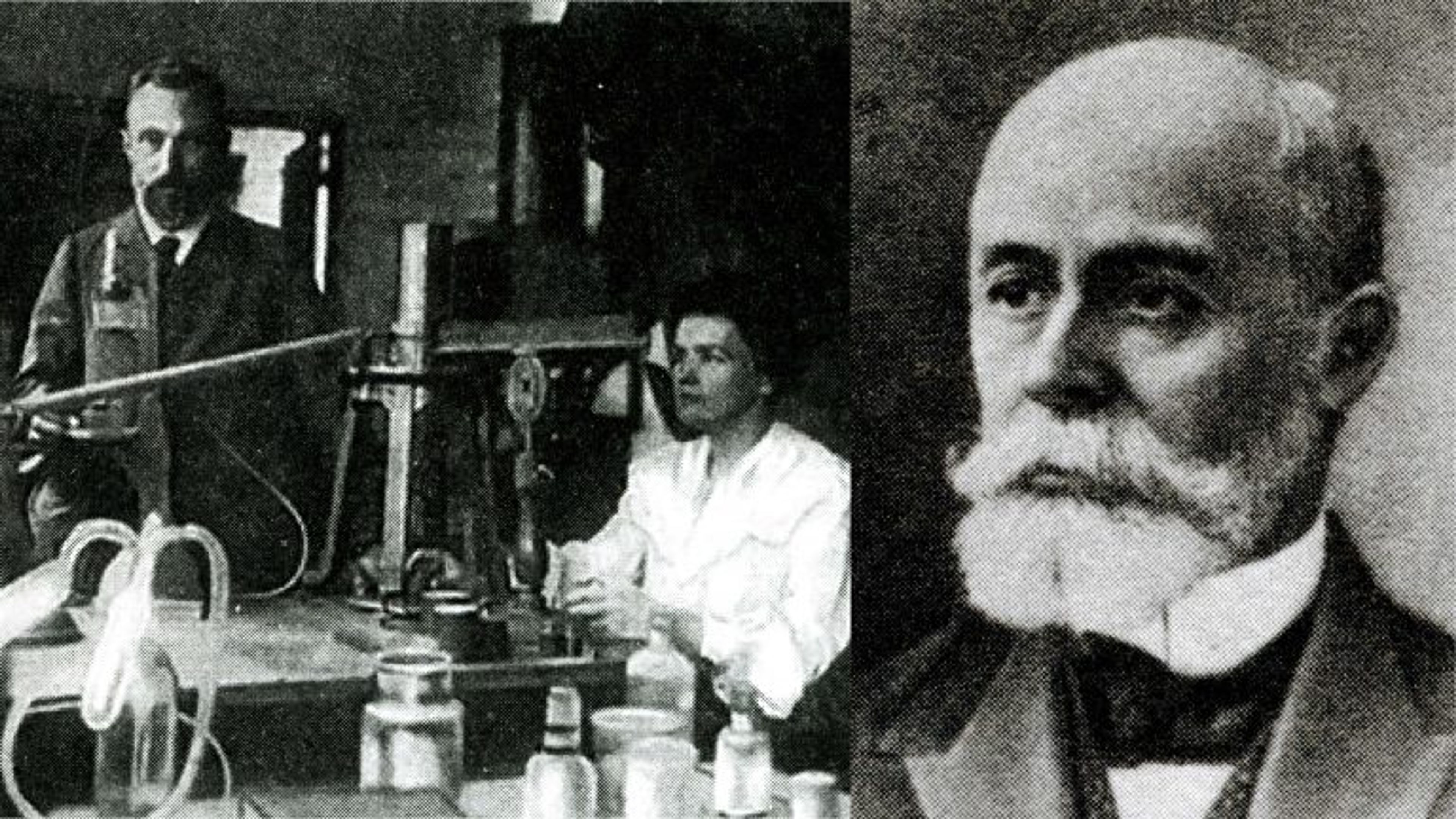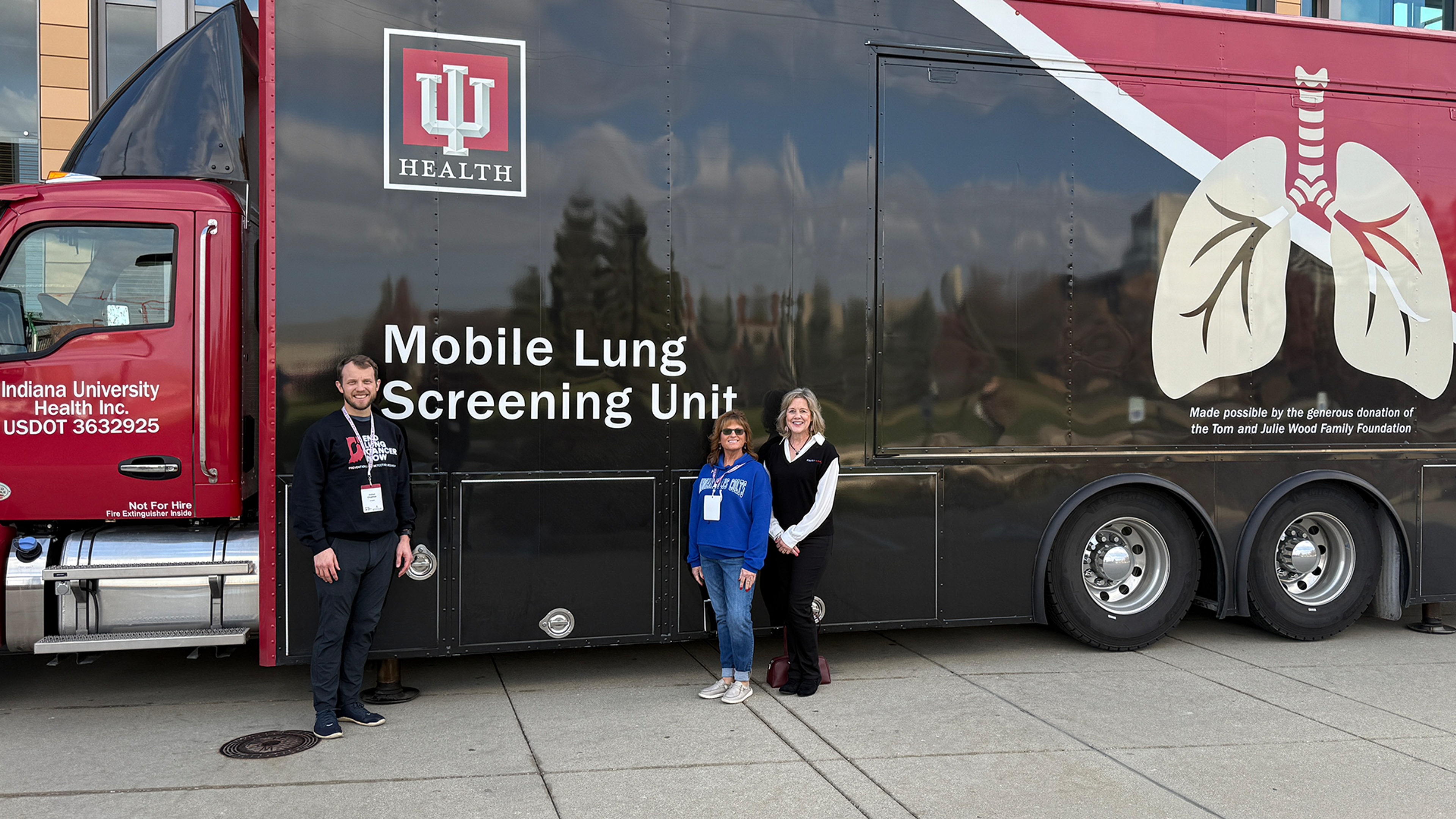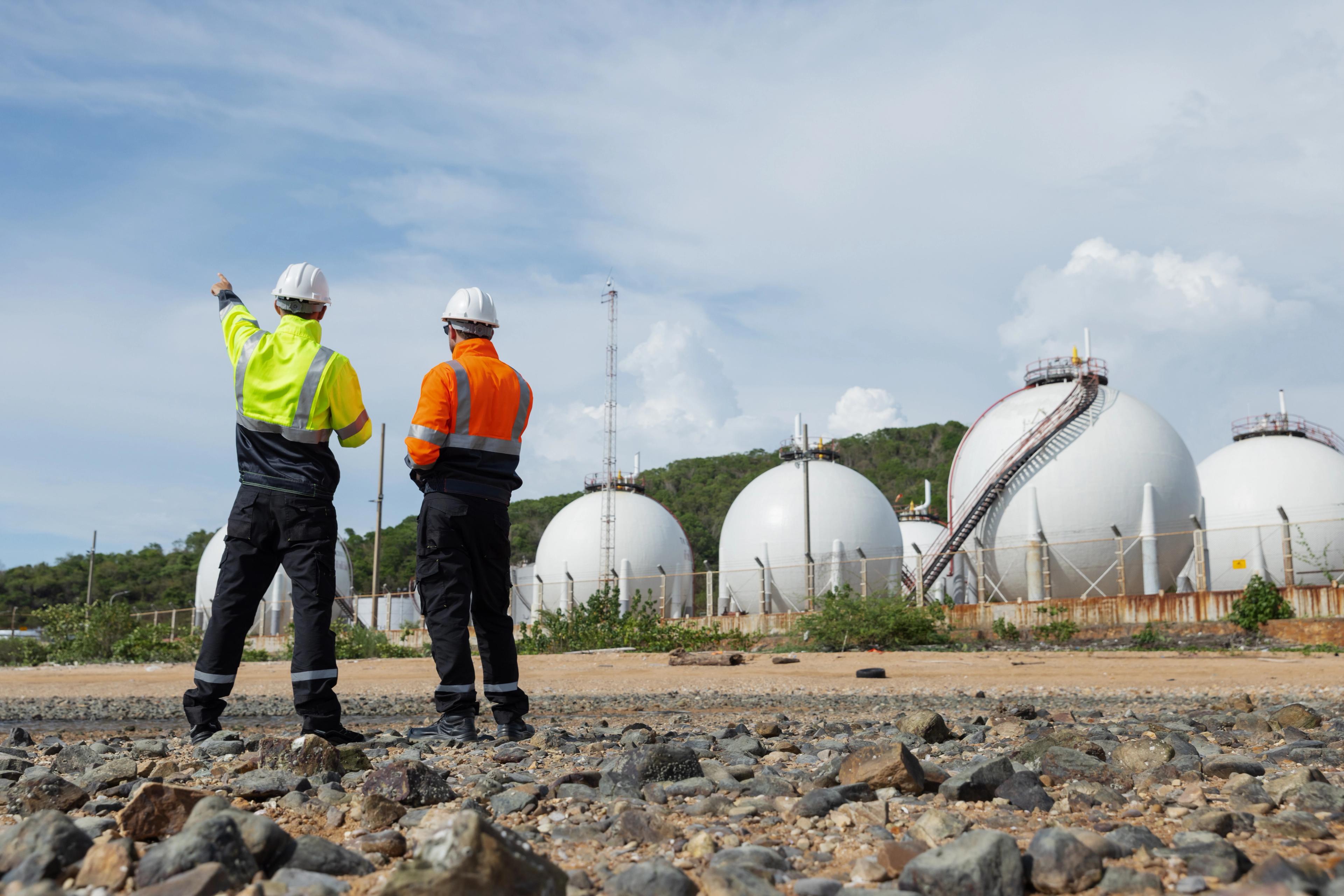

Becquerels and Curies: Units of Radioactivity
Radon is an odorless and colorless gas. When you measure for radon in a home, school, or workplace the results will be reported in picocuries per liter (pCi/L) in the U.S. or becquerels per cubic meter (Bq/m3) in Canada. These units are used for the measurement of radon concentration in the air.
Radon is a radioactive gas
Radioactivity is the process by which unstable isotopes release energy and emit particles. An isotope refers to atoms with the same number of protons but different numbers of neutrons. Radioactivity is a natural or artificial phenomenon that occurs in many isotopes such as uranium, plutonium, and carbon-14. It can be measured in two different units: becquerels (Bq) and curies (Ci).
Radon is a naturally occurring radioactive gas that forms from the breakdown of uranium in the soil and rock around one’s home, school, and workplace. It seeps into buildings through gaps in the foundation, cracks in floors and walls, floor joints, sump pumps, porous cinder blocks, etc. Radon then becomes trapped within homes where the radioactive gas is inhaled. Over time radon exposure can lead to lung cancer.
- Becquerels
The becquerel is the International System of Units (SI) unit of radioactivity. It is named after Henri Becquerel, a French physicist who discovered radioactivity in 1896. One becquerel is equal to one radioactive decay per second.
- Curies
The curie is a non-SI unit of radioactivity. It is named after Marie and Pierre Curie, a Polish-French physicist couple who discovered the elements polonium and radium. The basis for the curie is the radioactivity of one gram of radium.
A curie is a much larger unit of radioactivity than a becquerel. One curie is equal to 37 billion becquerels. A picocurie is one trillionth of a curie.
Conversion and Country Limits
1 pCi/L is equivalent to 37 Bq/m3. The United States EPA recommends mitigating for radon in a home if the level is 4.0 pCi/L or higher. Health Canada recommends hiring a professional to reduce radon if the level is 200 Bq/m3. The World Health Organization recommends countries establish a national average of 100 Bq/m3 and not to exceed 300 Bq/m3 for “country-specific conditions” where 100 Bq/m3 cannot be reached.
People Behind the Units
Henri Becquerel (1852-1908) was studying the phosphorescence of uranium salts when he accidentally discovered that they emitted radiation. He found that this radiation could fog photographic plates and penetrate through thin sheets of metal. Becquerel’s discovery of radioactivity led to the development of X-rays and other medical imaging technologies. He was awarded the Nobel Prize in Physics in 1903, along with Pierre and Marie Curie.
Pierre Curie (1863-1906) and Marie Curie (1867-1934) discovered the elements polonium and radium. The Curies were interested in Becquerel’s work on radioactivity, and they began to study the phenomenon themselves. Marie Curie is credited with coining the word “radioactivity”. The couple found that radioactivity was a property of certain atoms, and they were able to isolate two new radioactive elements, polonium and radium.
The Curies’ work on radioactivity had a profound impact on science and medicine. Radium was found to be effective in treating cancer, and it is still used in some cancer treatments today. They were both awarded the Nobel Prize in physics for their work on radioactivity. Marie Curie was the first woman to win a Nobel Prize, and she was the first person to win two Nobel Prizes when she won the Nobel Prize in Chemistry in 1911.
Click here to stay informed about radon industry news and product discounts.
Published
October 18, 2023




